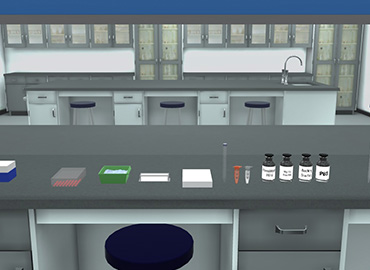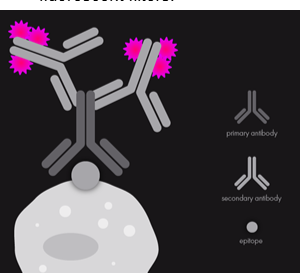In-Vitro Caspase 3 Activity Assay
Biology | Toxicology | Biochemistry | Proteomics | Pharmacology






2.5M+
Active Users Worldwide
80%
Improved Learning Retention
60%
Reduction in Laboratory Costs
The caspase 3 activity assay experiment aims at detecting apoptotic cells through visualizing the activity of caspase 3 enzymes inside cellular nuclei using a fluorescent microscope.
In Vitro detection of Caspase 3/7 Activity using Fluorescence Microscope.
By the end of caspase 3 activity assay experiment, the postgraduate student will be able to:





